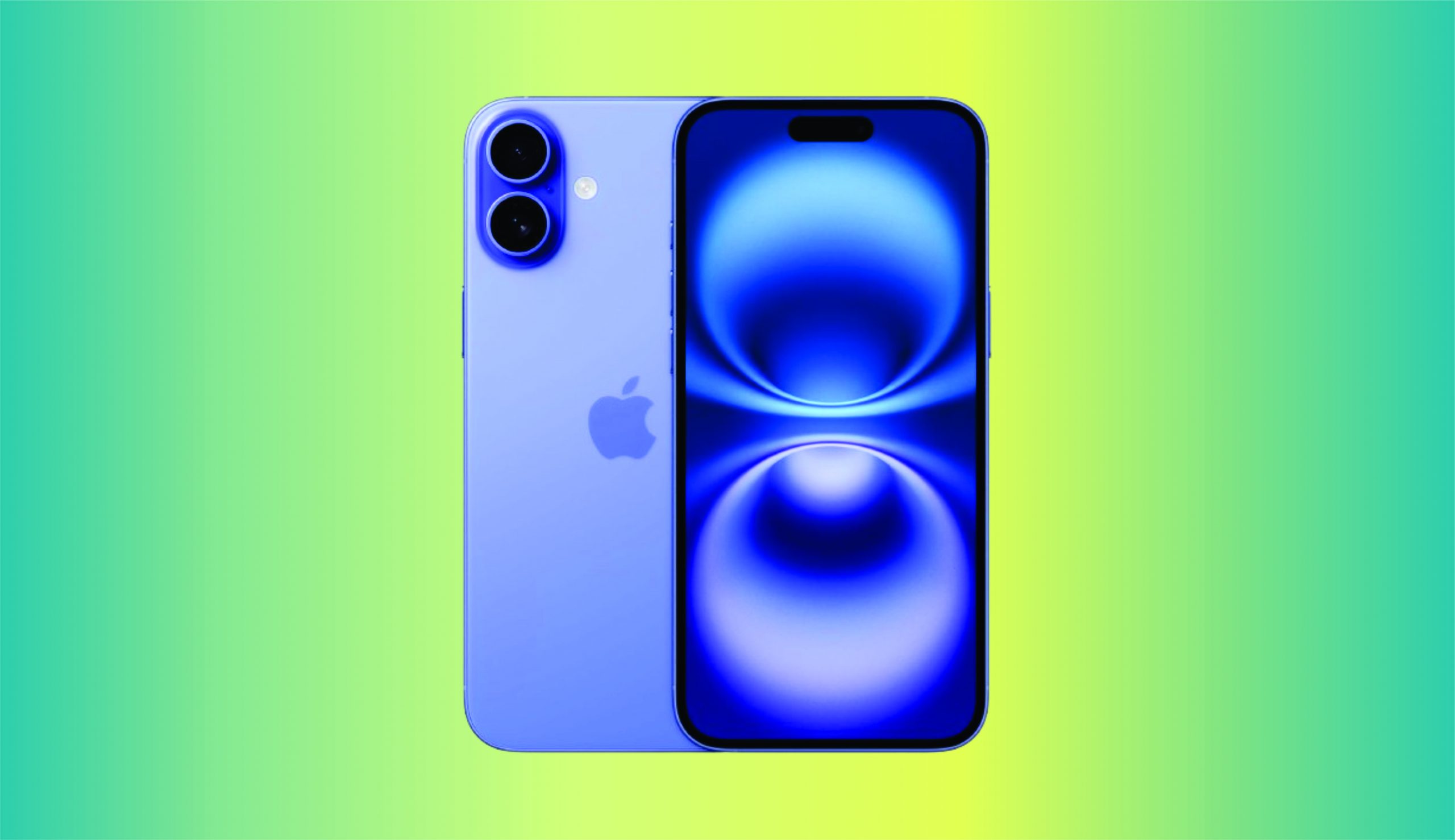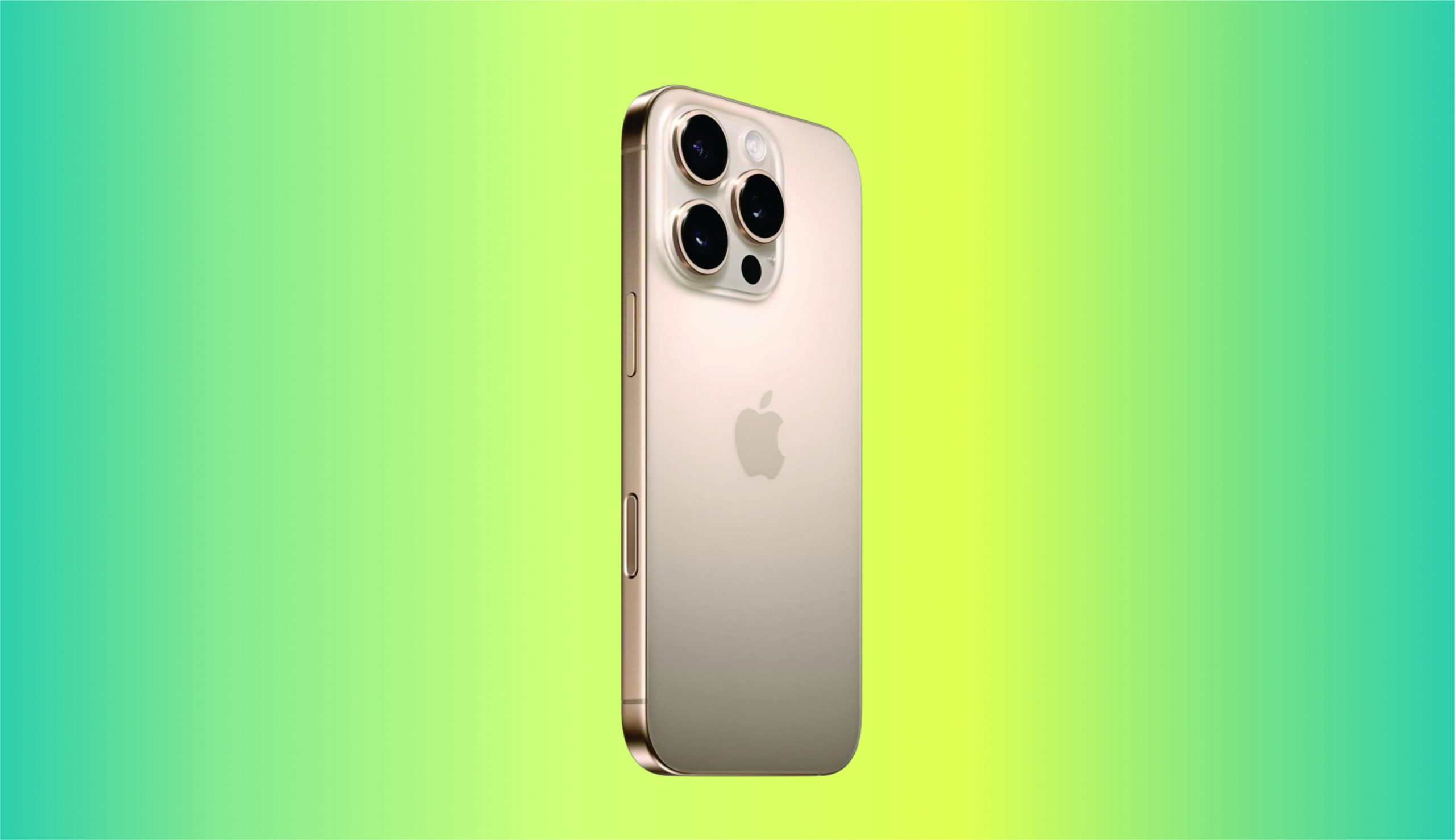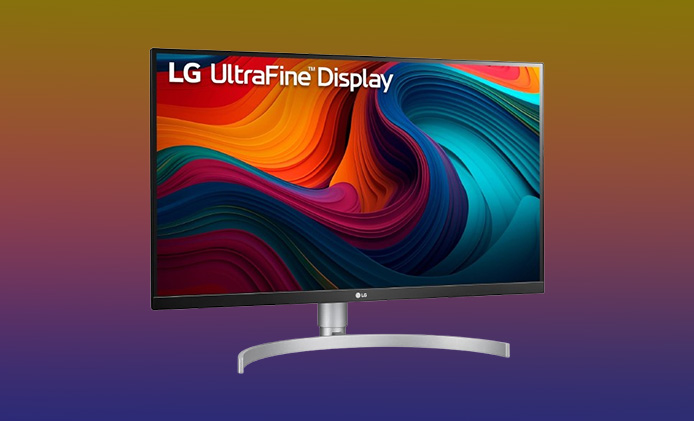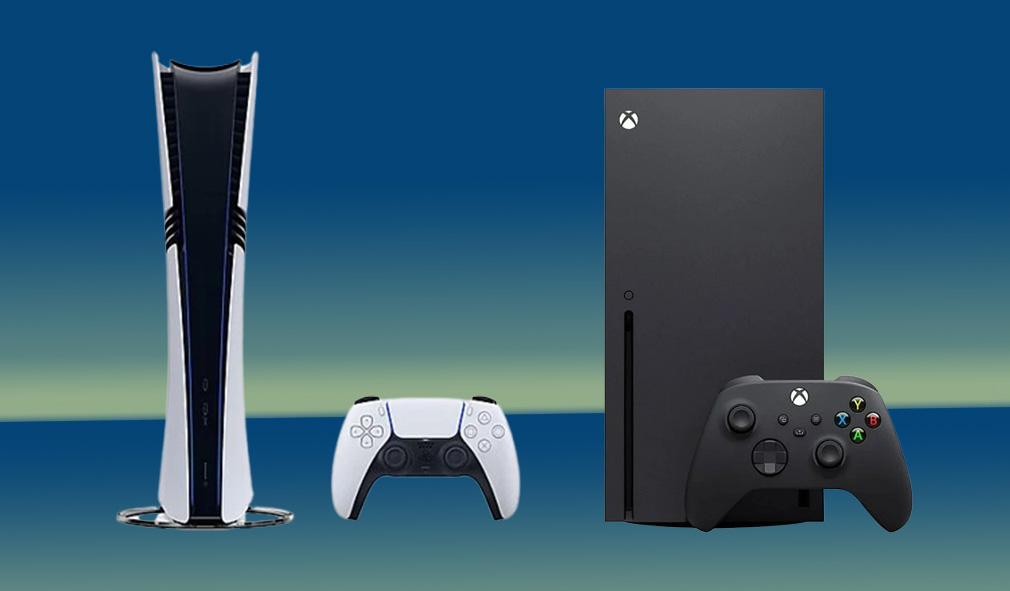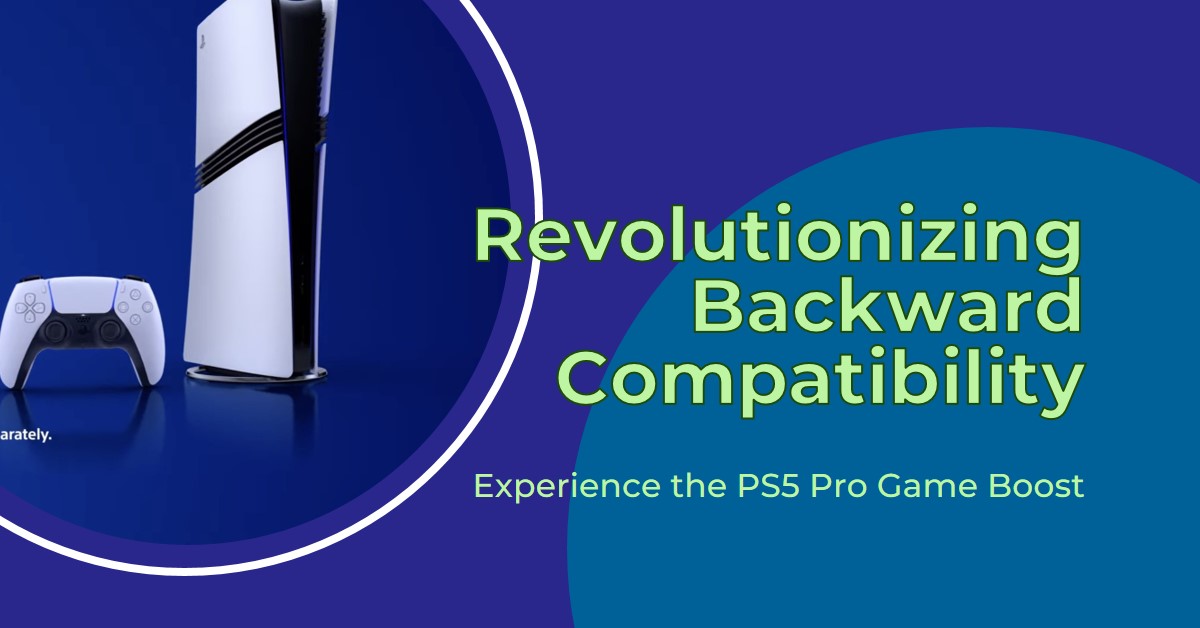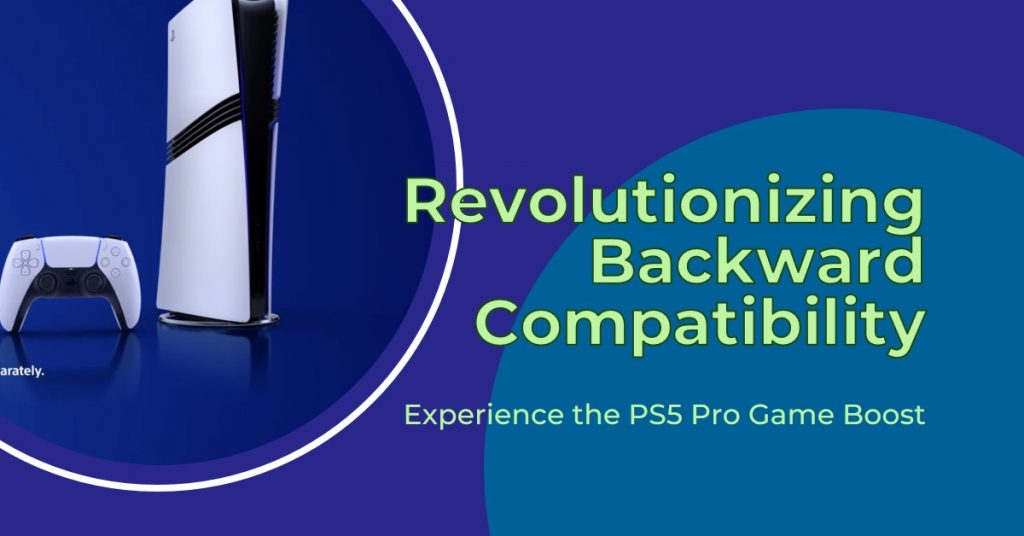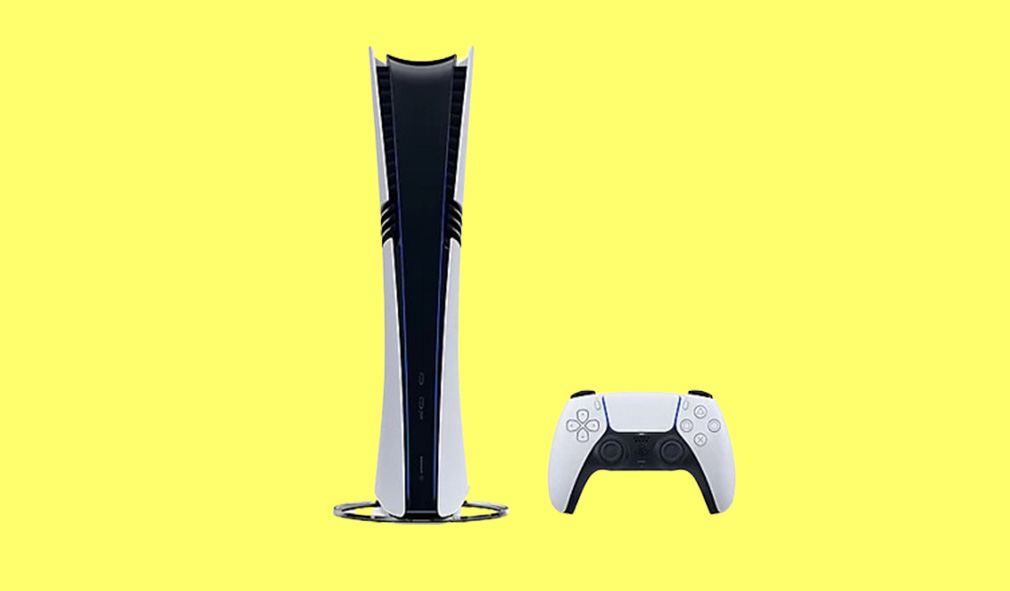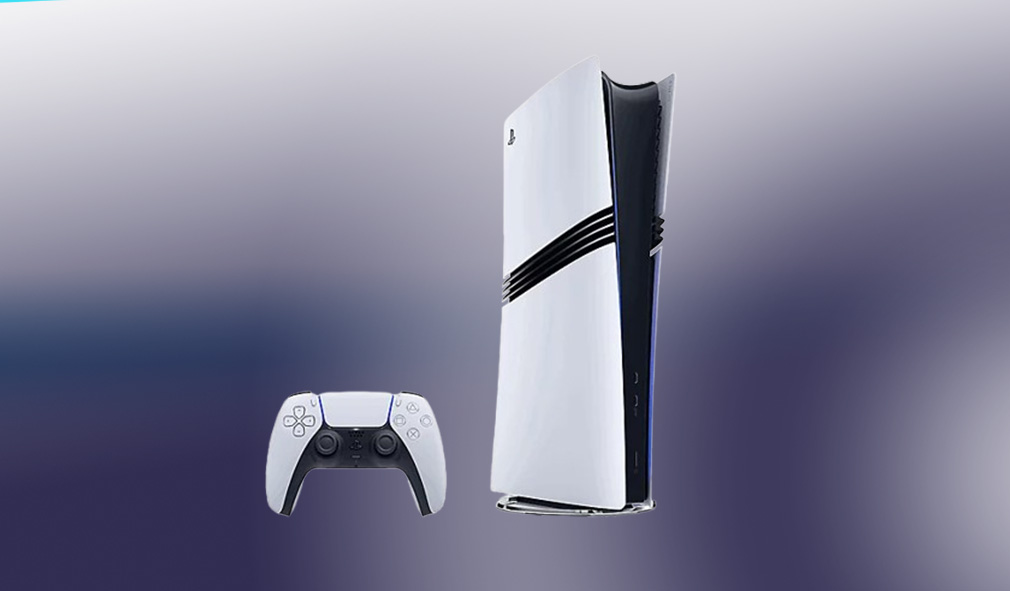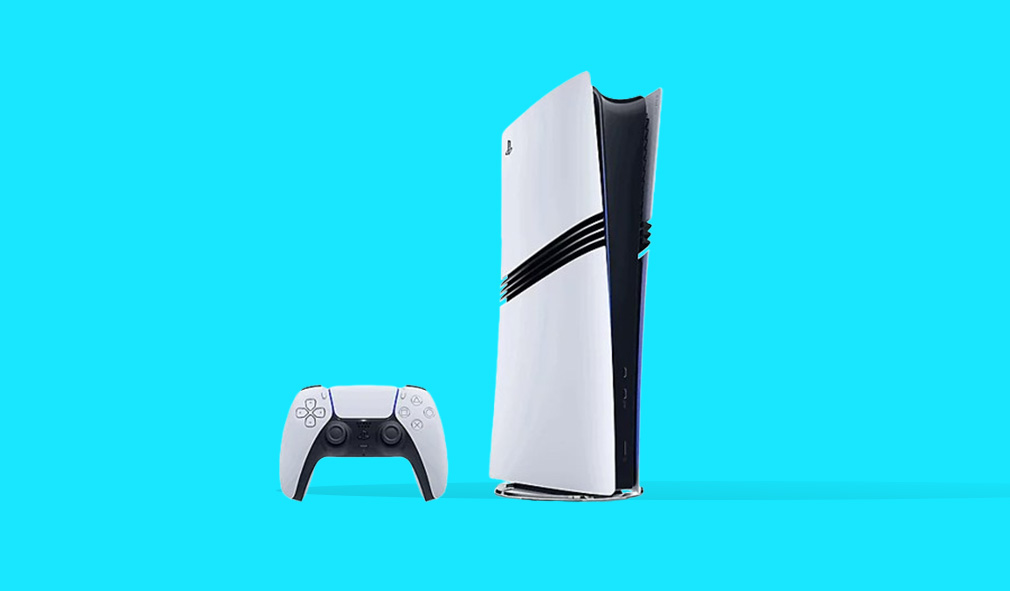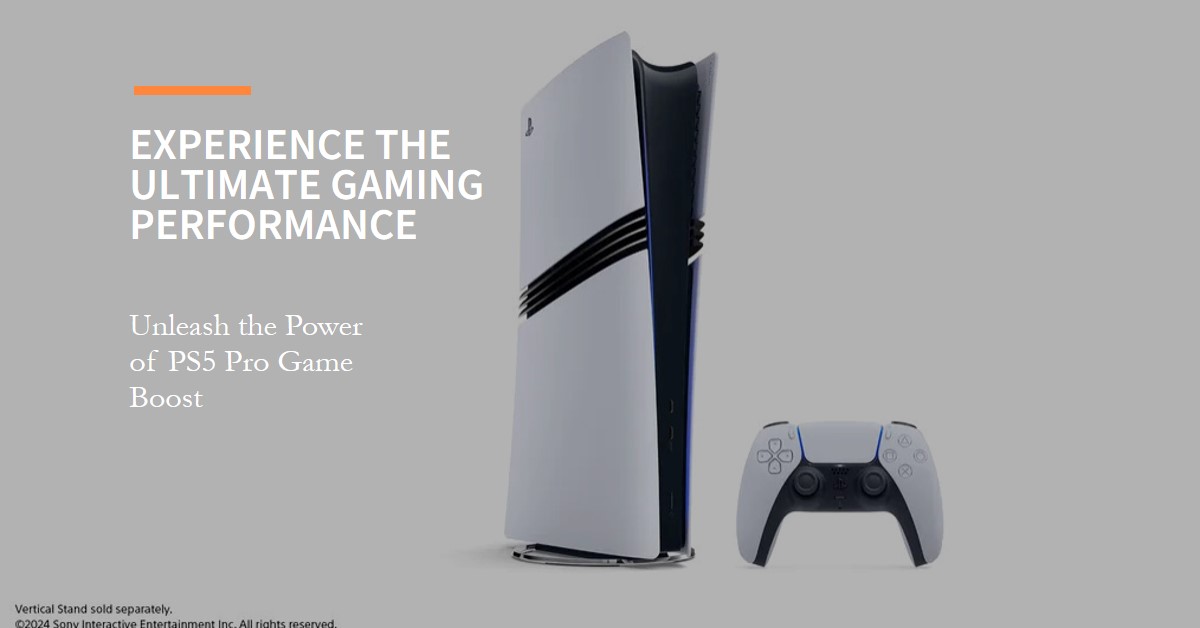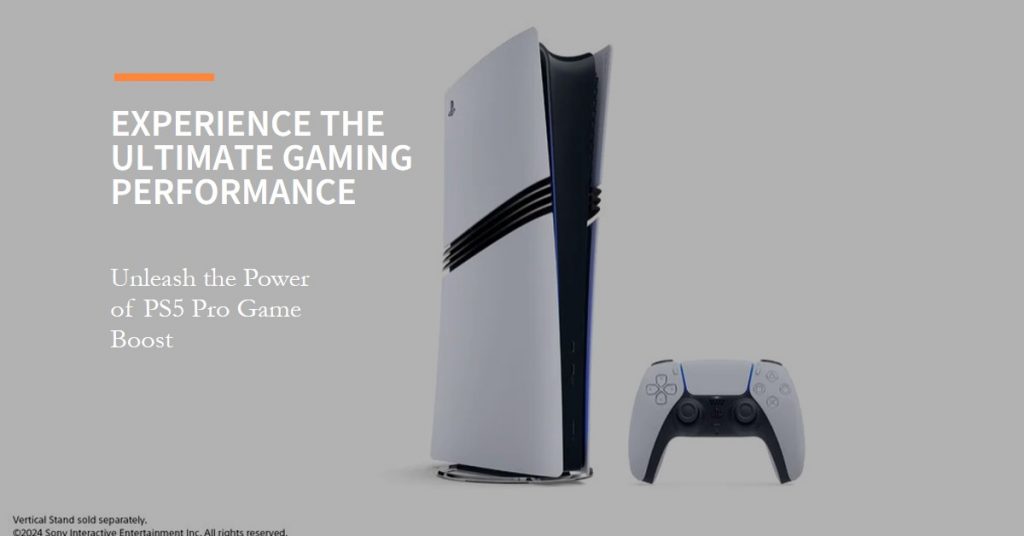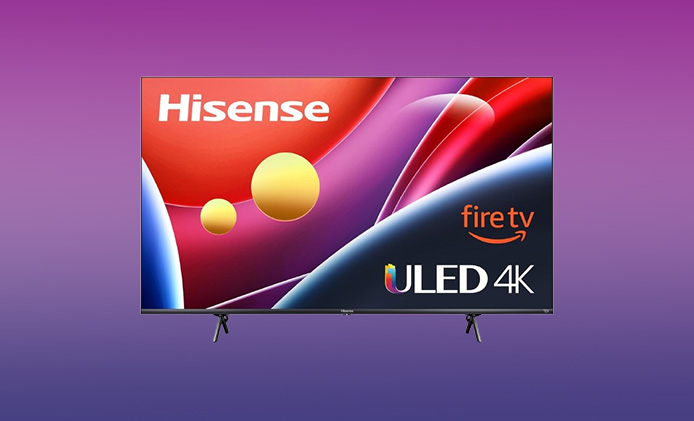
First Impressions: Sleek and Ready for Action
The first thing you’ll notice is the design. The Hisense U6HF comes with a bezel-less design, which gives it a sleek, modern look. Whether you’re mounting it on the wall or setting it up on a stand, it won’t overpower your space. The metal stand provides solid support, which is a nice touch compared to the flimsier plastic stands that some TVs come with.
From the moment you unbox this 50 inch screen, it feels premium. For a TV that costs around $269.99, this is quite impressive. At this price point, you get more than you’d expect in terms of both looks and performance.
Picture Display Quality
So, what exactly does ULED mean? Hisense markets their ULED technology as a step up from traditional LED TVs, claiming it enhances color, contrast, brightness, and motion. After testing, I can say that these claims aren’t just marketing fluff.
The Quantum Dot technology is one of the standout features here. This tech allows the TV to produce purer, more vibrant colors than a regular LED screen. Hisense boasts over a billion color combinations, and while I didn’t count them (who would?), I can confirm that the colors are vivid. Watching nature documentaries or animated shows like Coco really highlights how lifelike the colors can be.
The 4K UHD resolution also makes sure every detail is sharp. Whether you’re streaming a blockbuster movie or playing a 4K YouTube video, you’ll notice the clarity right away. HDR10, HDR10+, and Dolby Vision support also means that no matter what HDR content you’re watching, it looks great. The blacks are deep, the highlights pop, and the contrast is on point.
Peak Brightness and Local Dimming
With a peak brightness of 600 nits, the Hisense U6HF isn’t the brightest TV on the market, but it’s more than enough for most viewing conditions. Even in bright rooms, the screen holds up well without losing too much of its quality. The Full Array Local Dimming Zones also help boost the contrast, especially in darker scenes.
Smooth Performance
The Hisense 50U6HF comes with a native 60Hz refresh rate and what Hisense calls Motion Rate 240. Now, don’t be fooled by that high number—it’s not a true 240Hz TV. The 240 figure refers to its ability to reduce motion blur using software enhancements. In my experience, the TV handles fast-paced scenes reasonably well, although it’s not perfect. If you’re a casual sports watcher or a movie lover, the 60Hz refresh rate is more than enough. But if you’re a hardcore gamer expecting lightning-fast responsiveness, you might notice some minor lag.
Fire TV Built-In
Having Fire TV built right into the system is a big win for anyone who doesn’t want to fuss with extra devices. Out of the box, you can access all your favorite streaming services—Prime Video, Hulu, Netflix, Disney Plus, HBO Max, and more. You also get access to free content with services like Freevee, Pluto TV, and Tubi, which is perfect for when you just want to throw on some casual viewing without thinking too much.
Navigating the interface is simple and snappy. If you’re used to Fire TV sticks, you’ll feel right at home. Even better, you can control everything through Alexa.
Alexa Integration: Control With Your Voice
One of the standout features of the Hisense U6HF is its Alexa Voice Remote. Not only can you manage power, volume, and playback through the remote, but you can also ask Alexa to do all the work for you. Just press the microphone button and say something like “Find action movies,” and Alexa will pull up results across all your apps. It’s a handy feature when you’re feeling lazy or don’t want to fumble through menus.
I tried this a few times while searching for shows on Netflix, and it worked smoothly. You can also use Alexa for other smart home functions, like adjusting smart lights or checking your security cameras, which turns your TV into a bit of a smart home hub.
Sound Quality: Decent but Could Be Better
The sound quality of the Hisense 50U6HF is decent for everyday use, but it doesn’t quite match the visual experience. If you’re watching TV shows or the news, the built-in speakers are fine. But when watching movies or playing games, you might want more depth and clarity.
The good news is that the TV supports Bluetooth connectivity, so you can wirelessly connect a soundbar, headphones, or stereo system for a better audio experience. Pairing my soundbar was quick and easy, and it made a world of difference.
Connectivity
In terms of connectivity, the Hisense U6HF covers all the basics and more. It comes with Bluetooth, Wi-Fi, USB, Ethernet, and HDMI ports, including HDMI 2.1 (eARC). The HDMI 2.1 support ensures you’re future-proofed for audio, especially if you’re connecting to a soundbar or AV receiver.
The TV also supports Ethernet for a stable internet connection, which is always a plus if you’re streaming a lot of 4K content. I had no issues connecting it to my home Wi-Fi, and streaming was smooth with minimal buffering.
Final Thoughts
In conclusion, the Hisense 50 Inch ULED 4K Smart Fire TV delivers impressive value for its price. The Quantum Dot technology makes colors pop, and its 4K UHD resolution with Dolby Vision and HDR10+ support ensures a high-quality viewing experience. The built-in Fire TV platform and Alexa integration add convenience, and while the sound could use an upgrade, that’s easily solved with a soundbar.
At around $269.99, this TV punches well above its weight class. If you’re looking for an affordable, feature-packed 50 inch TV that handles both movies and shows beautifully, this Hisense model should be high on your list. It’s not the best for serious gamers, but for everyone else, it’s a solid option.
Also Check:
- This Dual Monitor Stand Offers Robust Support and Flexibility for Anyone Looking to Enhance…
- How I Use Alexa to Alexa Calling to Stay Connected With Friends Effortlessly
- I Tried Everything, But My Alexa App Was Not Finding My Echo—Here’s How I…
- Amazon Basics 24 Inch Gaming Monitor Review: Reasons Why This $129 Monitor is a…
- S5 Max 6K Portable Smart TV Review: Compact Power with Voice Control
